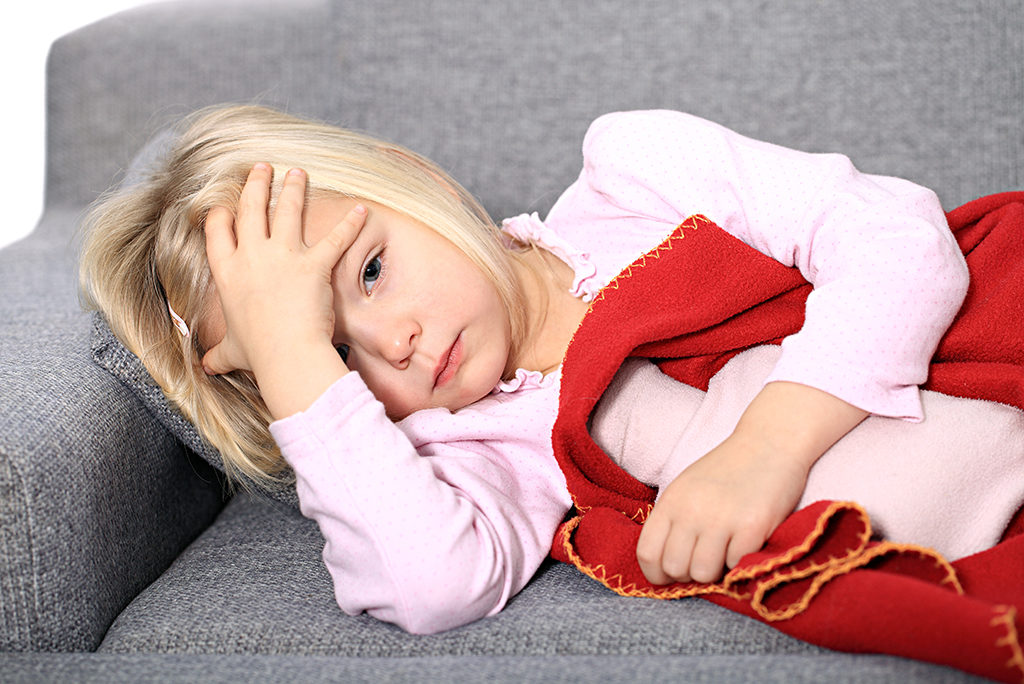Scarlet fever is a contagious infection that mostly affects young children. It’s easily treated with antibiotics.
The first signs of scarlet fever can be flu-like symptoms, including a high temperature of 38oC or above and swollen neck glands (large lump on the side of the neck).
A rash appears a few days later.
Check if your child has scarlet fever
- A pink-red rash comes out, which feels like sandpaper and looks like sunburn. It starts on the chest and tummy
- A white coating also appears on the tongue. This peels, leaving it red and swollen (“strawberry tongue”)
- The rash doesn’t appear on the face, but the cheeks can be flushed
What happens at your appointment
GPs can often diagnose scarlet fever by looking at the tongue and rash. Sometimes they may:
- Wipe a cotton bud around the back of the throat to test for bacteria
- Arrange a blood test


